Review Of Movements And Active Groups In Somalia (Map)

Somalia is a country located in the Horn of Africa (East Africa), bordering Djibouti from the northwest, Kenya from the southwest, the Gulf of Aden from the north, the Indian Ocean from the east, and Ethiopia from the west, with a population of 17.1 million. has a person Mogadishu is the capital and most populous city of Somalia. This city has about 4 million and 300 thousand people. For thousands of years, Mogadishu has been an important port connecting traders across the Indian Ocean.
Somalia is a part of the land and identity of Greater Somalia, where people with Somali ethnicity live and almost geographically includes a large part of the Horn of Africa. The territories that make up Greater Somalia include the present-day country of Somalia, Djibouti, Ogaden (Western Somalia), which is now in Ethiopia’s possession, and the northeastern province of Kenya in southern Somalia today. British and Italian colonial rule over areas of the greater Somaliland eventually led to the separation of parts of this land and its annexation to other lands, including the non-Islamic lands of Ethiopia and Kenya, which can be considered the root of many problems in Somalia today.
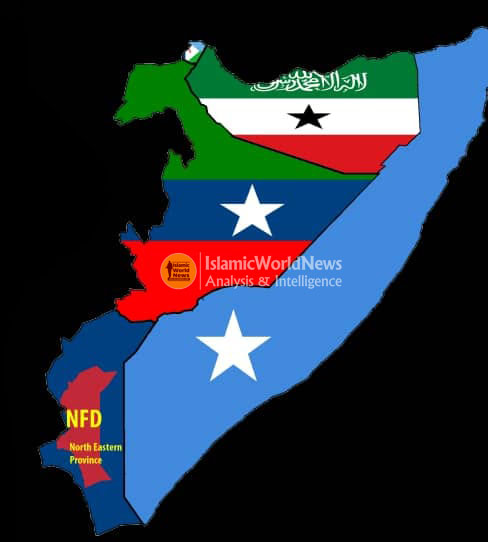
As mentioned, the British and Italian colonial rule over parts of the greater Somali land eventually caused the separation of parts of this land. In the early years of the 20th century, Somalia was an Italian colony and was called “Italian Somaliland”. Italian Somaliland included the eastern, central and southern regions of Somalia. This land gained independence in 1960, but due to the Somali civil war at the end of the 20th century, it was divided into smaller regions.
Different Areas of Somalia
The territorial identity of Somalia has experienced several ups and downs over the past two decades and it has been divided into different regions during the colonialism. Nowadays, some parts of the territory are located in the current country of Somalia, while other parts have been given to other countries or they have turned into a new entity.
After the declaration of independence in 1960 and the events that led to civil war and other problems, Somalia has been officially divided into six federal states since 2016. These states are Somaliland, Puntland, Galmudug, Southwest, Hirshabelle and Jubaland. Also, the port area that includes the city of Mogadishu is considered as an independent state.
Among the mentioned states, the two states of Puntland and Somaliland have more importance and political-military background than other states, which we will explain below. Also, during the colonial period, the land of Somalia has been divided and fragmented, which we will also discuss.
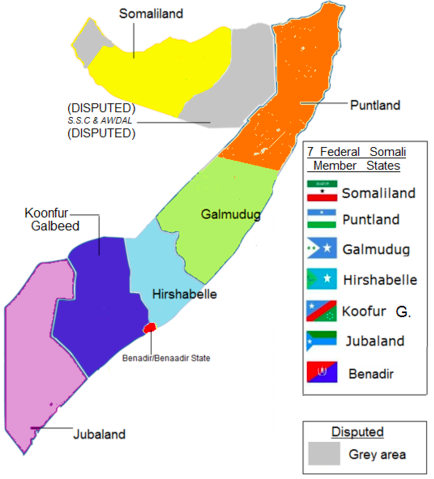
- Somaliland State: The region is named Somaliland or British Somaliland, because it was dominated by Britain in the past. The territory is situated in northwest of Somalia and between Ethiopia, Djibouti and the Gulf of Aden. It could get rid of British domination in 1960. Five regions out of the 18 areas of Somalia are located in this part of the country, and its capital city is Hargeisa. Later since 1991, Somaliland was separated from the mainland of Somalia in practice. Somaliland has its own government, parliament, army and even passport from 2000. Separatists of Somaliland held a referendum in 2001 and actually announced separation from the central government in Somalia under the title of Somaliland or the Republic of Somaliland. Berbera is one of the most important cities of this region. The establishment and relative stability as well as the ability of its military forces in disarming different armed groups in Somaliland are the main differences of this part of Somalia in comparison to other parts.
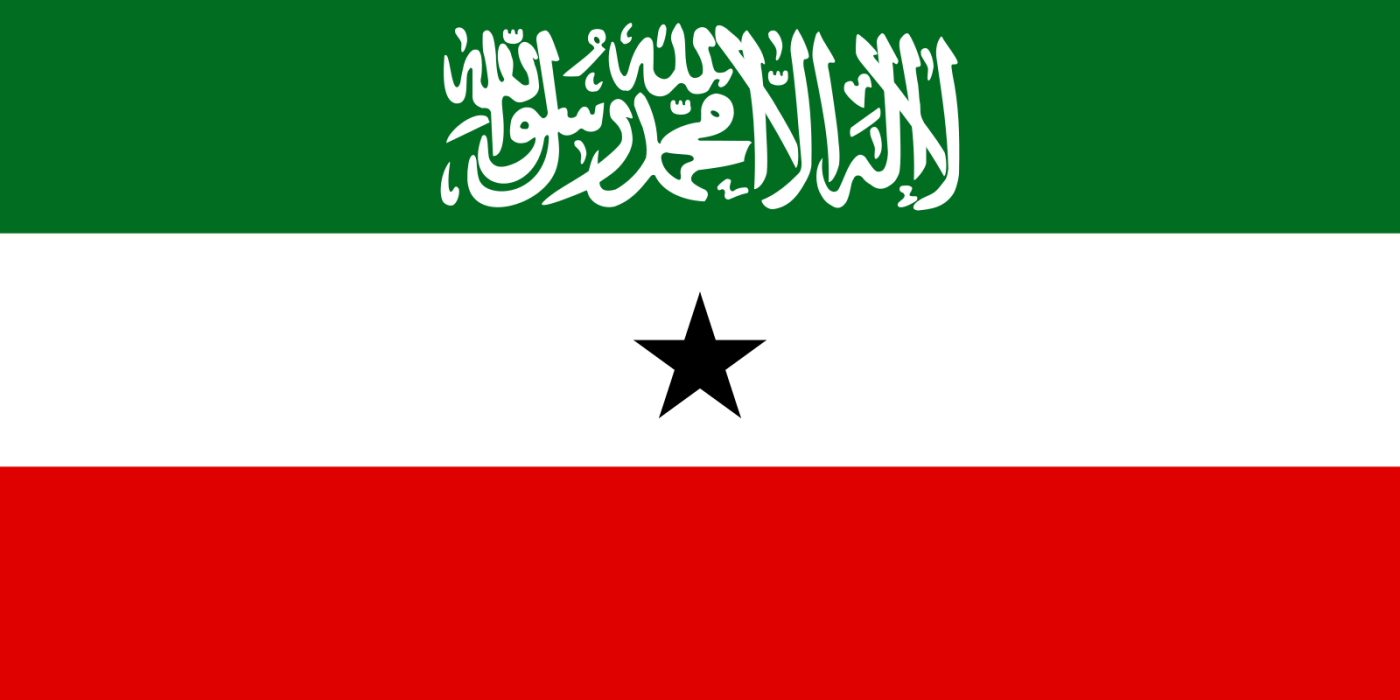
- Puntland State: The territory is located in northeastern part of Somalia and encompasses 33 percent of the country. Its capital city is Bosaso. Puntland is considered as part of federal government of Somalia. Puntland’s parliament declared the autonomy of the region in 1998 and installed former colonel of the Somali National Army Abdullahi Yusuf Ahmed as the head of the Somali Salvation Democratic Front (SSDF). The autonomous state of Puntland possesses its special military and security forces, who are being called as Puntland Security Force (PSF).
Puntland unlike the separatists of Somaliland is not seeking to be recognized as an independent country at international level, but it abides by the federal system and the unity among Somalians. It is worth mentioning that Puntland and the separatists of Somaliland are confronting to control two regions of Sanaag and Sool.
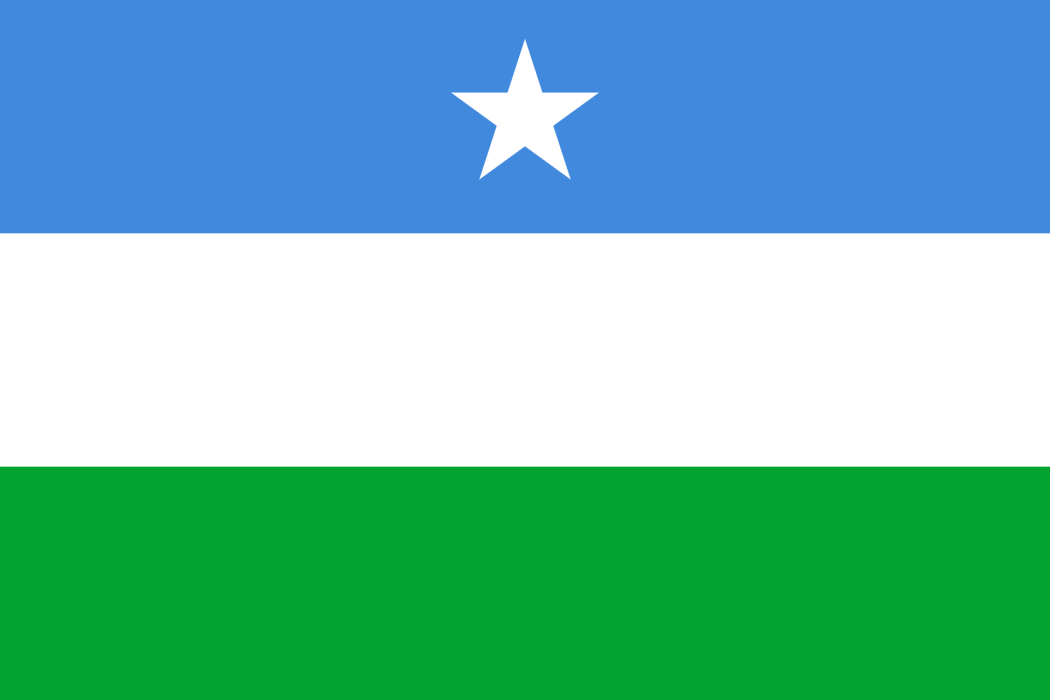
- Ogaden State: The region, which is known as Western Somalia was handed over to Ethiopia during the Italian colonialism prior to the World War II and developments following the war and the British colonialism in 1954; so, it is named as the fifth region or Ogaden state in Ethiopian administrative division. Most of the people in the region are Muslims and have Somalian roots. In 1977 and after the fall of Emperor Haile Selassie in Ethiopia, some armed groups affiliated to general Mohamed Siad Barre’s government in Somalia controlled most areas of the region, but Ethiopia could retake the region by the help of Cuba and the Soviet Union in 1978. At present, the region is part of the administrative division of Ethiopia under the name of a Somalian state, and it is considered as the second and largest state of Ethiopia after Oromia State.
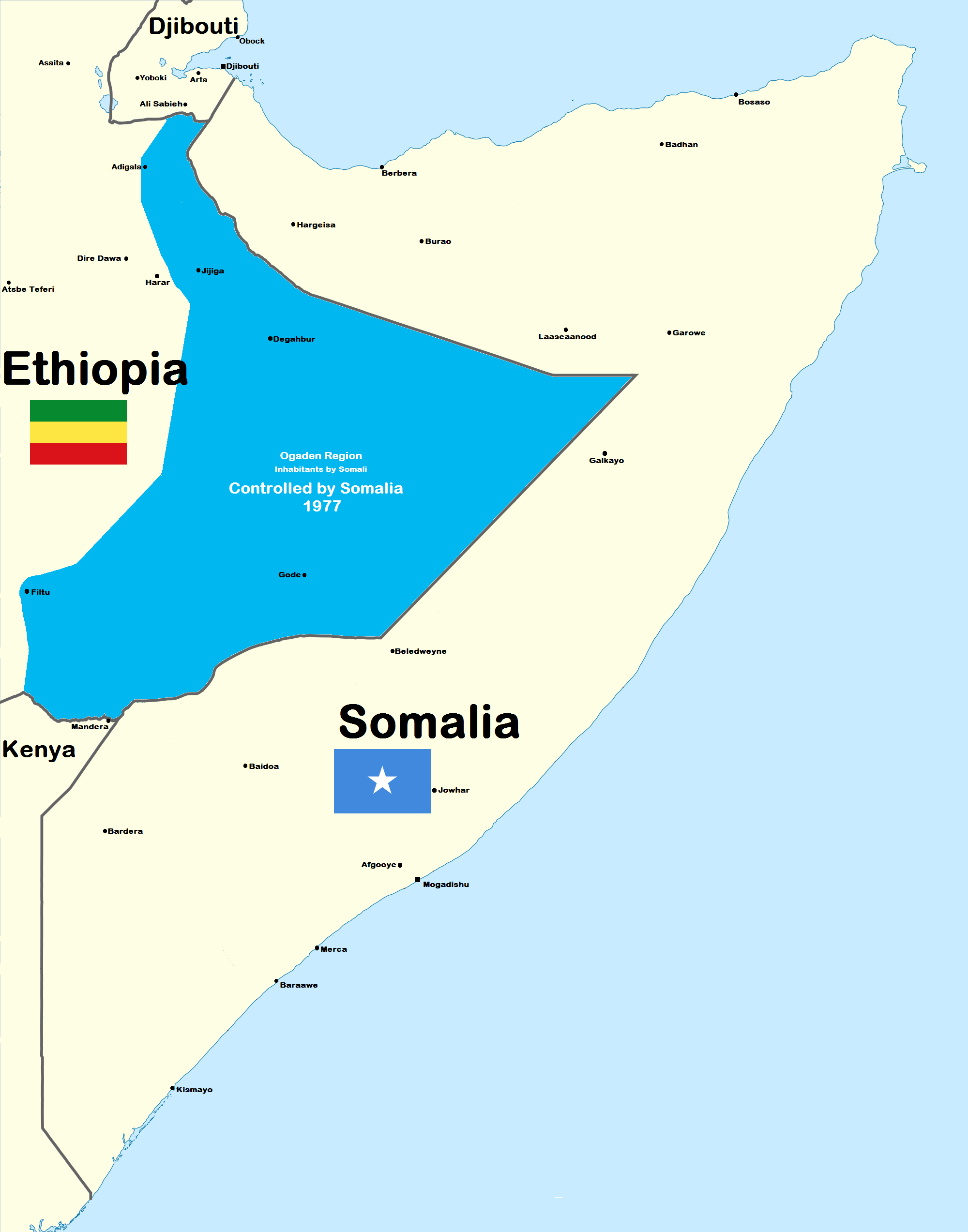
- Southwest region: The region, which is also known as the Northern Frontier District (NFD), is part of Kenya nowadays and its capital city is Garissa. The region was handed over to Kenya in 1963 by the help of Britain, which in fact translates into occupation. Most of the people residing in the region are historically Somalian. During the negotiations for the independence of Kenya, Britain handed over the NFD to Kenyan nationalists despite the fact that an unofficial referendum showed that people of the region were very keen on joining to the newly-formed republic in Somalia. It is noteworthy that Harakat al-Shabaab al-Mujahideen, more commonly known as al-Shabaab, has a say in this region and it conducts military operations sometimes.
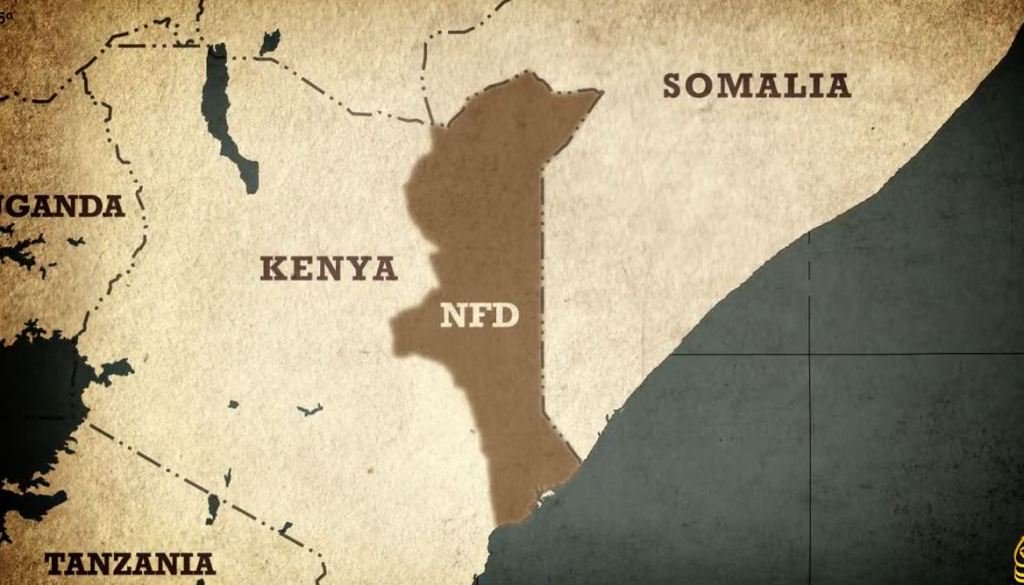
- Afar-Issa region: This part is known as French Somaliland, and as it is obvious from its name, it had been under France’s dominance during the French colonialism. Two tribes of Issa and Afar are the main habitats of this region. The area embarked on holding referendum two times in 1957 and 1967 with the aim of joining to the mainland that is Somalia. But the effort was ruled out each time. The Somalians are of the opinion that France by the help of opponents and by resorting to electoral fraud could change the results of the elections in both referendums. The third referendum was held in 1977, which was focused on gaining independence from the French colonialism, ending up in maximum victory of the residents of the region to establish a new country named the Republic of Djibouti.
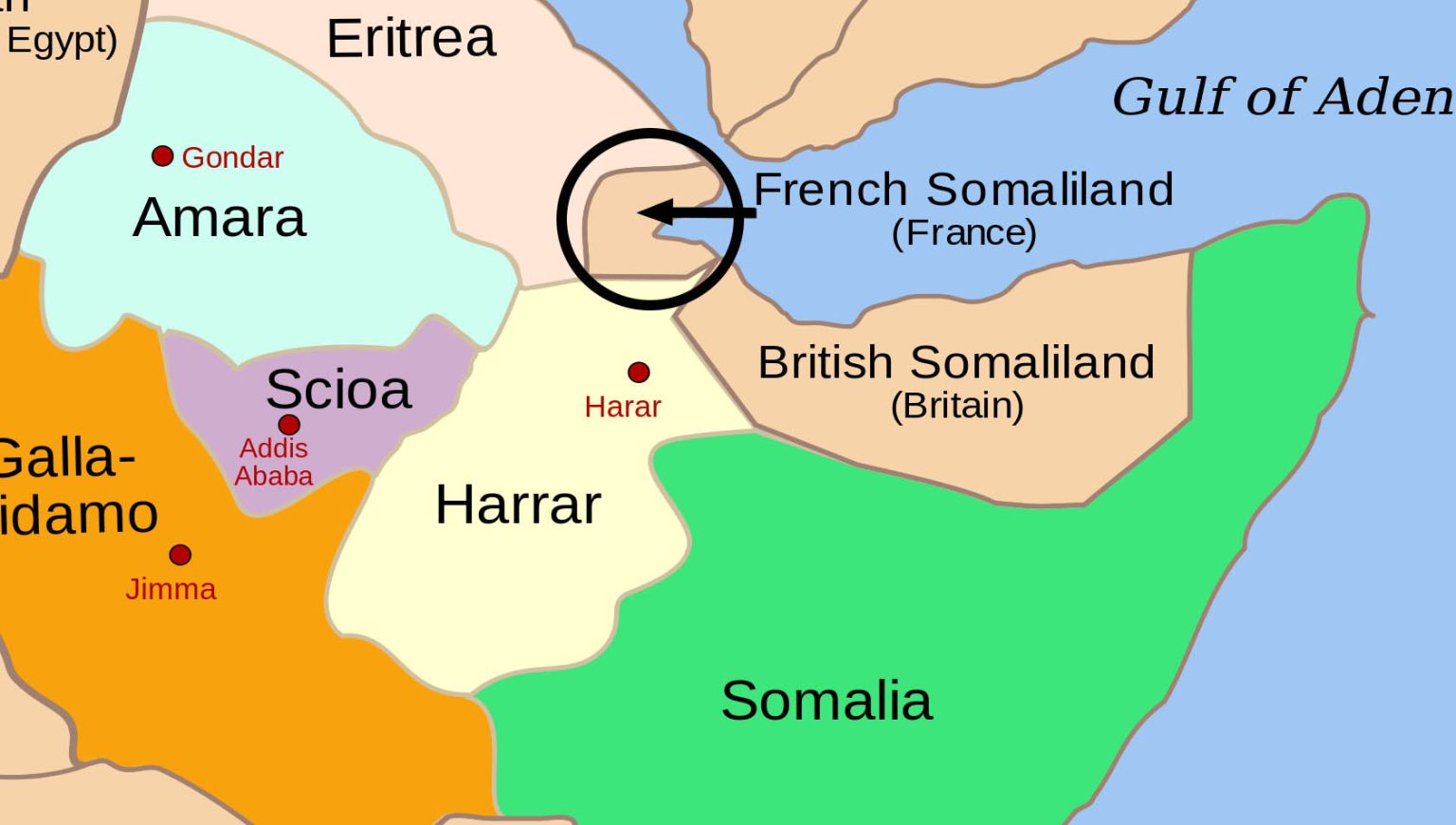
The geography of distribution of extremist groups in Somalia
The geography of extremism in Somalia includes a diverse situation of groups, movements and periodic and non-periodic agreements, of course, “Al-Shabaab Al-Mujahideen Movement” has the upper hand among them; In such a way that the activities of other groups are overshadowed by al-Shabaab. In the following, we will examine the extremist Islamist movements based in Somalia:
Harakat al-Shabaab al-Mujahideen in Somalia
Harakat al-Shabaab al-Mujahideen briefly known as al-Shabaab is a Salafist jihadist group, who fights in Somalia on behalf of Al-Qaeda, and some of its forces and allied groups follow ISIS terrorist organization. The groups have their roots in the civil war in Somalia and the Islamic Courts Union, which was a legal and political organization formed to address the lawlessness that had gripped Somalia since the fall of the Siad Barre regime in 1991 during the Somali Civil War. The union had southern Somalia under its influence and later branched into different groups, and with the emergence of ISIS, some of these groups joined their alliance.
Al-Shabaab emerged in 2004, when the military wing of the Islamic Courts Union, which dominated Mogadishu, as well as their militants connected to Al-Qaeda quickly as a result of links between certain commanders of the international wing of the al-Shabaab group and the Al-Qaeda in East Africa. The connection continued until 2009. And in this year, al-Shabaab al-Mujahideen officially joined the Al-Qaeda.
Now, al-Shabaab is the most powerful Salafi-jihadist group in Somalia, whose operations are mostly focused on southern and central areas of the African country. Undeniably, al-Shabaab is active and carries out operations in Puntland in northern Somalia, in Somalian borderlines near Ethiopia as well as in northern Kenya.
First, Ahmed Abdi Godane, also known as Mukhtar Abu Zubair, led al-Shabaab; then, Ahmed Omar Abu Obeidah has been on charge of the leadership of the group since 2014, when Mukhtar Abu Zubair was killed in a drone attack by the United States in southern Somalia.
Islamic State in Somalia (Wilayah Somali)
The Islamic State in Somalia or Abnaa ul-Calipha was established under the leadership of Sheikh Abdulqadir Mumin in some mountainous areas of Puntland particularly in vicinity of Bosaso in 2015 by certain defected militants from al-Shabaab. The number of militants and operations of the Islamic State in Somalia is significantly less than al-Shabaab despite the fact that they conducted some operations against al-Shabaab. The Islamic State in Somalia carries out terrorist attacks in some cities, including Somalian capital city of Mogadishu, along with its operations in mountainous regions of Puntland.
Somalia’s state-owned news agencies have recently reported that the latest ISIS emir Abu al-Baraa al-Amani has been killed in the African country. However, his death has not been confirmed by the ISIS so far. Moreover, the image released by official sources of the Somalian government contradicted a story narrated by the ISIS.
Islamic Courts Union
The Islamic Courts Union was formed in 1991 following the collapse of the central government in Somalia. The union lasted only a few months until the onset of civil war in Somalia in the end of 1991. The group re-emerged in 1994 and its militants could dominate a town between Mogadishu and Bidawa in 2006. The group, whose first leader was Sheikh Sharif Sheikh Ahmed, has no more any activity or presence in Somalia nowadays.
Somali Islamic Party (Hizbul Islam)
The Hizbul Islam or Somali Islamic Party was made up of four Islamist groups, including the Islamic Courts Union (Asmara branch), Mu’askar Ras Kamboni (Ras Kamboni Brigade), Jabhatul Islamiya (Somali Islamic Front) and Muaskar Anole in 2009. This party emphasized the fight against Sheikh Sharif’s government (president from 2009 to 2012) and joined Shabab al-Mujahideen in 2010. Finally, in 2012, Hizubl Islam separated from Al-Shabab and expressed its readiness to talk with the Somali government. In 2013, Hizbul Islam formally renounced violence and announced in June 2014 that it would continue to operate in Somali politics as a political party and changed its name to Istiqlal.
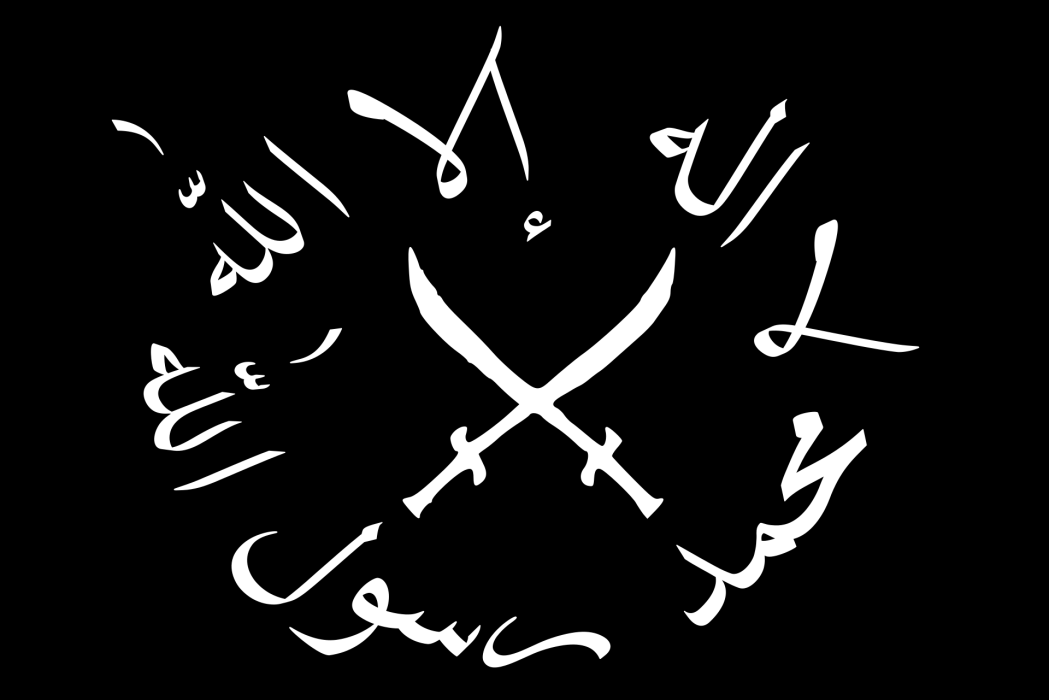
Ras Kamboni Brigade
Mu’askar Ras Kamboni or the Ras Kamboni Brigades is one of the oldest Islamist militant groups in Somalia, who was named after the coastal region of Ras Kamboni in the most southern area of the country. The group defected from the Somali Islamic Party (Hizbul Isalm) in 2010 and joined al-Shabaab.
It is worth mentioning that following the withdrawal of the group from the Somali Islamic Party and their joining to al-Shabaab, one of the senior commanders of the group named Sheikh Ahmad Muhammad Islam defected from the Ras Kamboni Brigades and created his own group called the Ras Kamboni Movement. Now, he is is the president of Jubaland State, and the Ras Kamboni Movement is allied with the central government and fights al-Shabaab.
Jabhatul Islamiya (Somali Islamic Front)
Jabhatul Islamiya (Somali Islamic Front) is the military wing of the al-Itesam salafist group, who defected from the Islamic Courts Union. The Islamic Front emerged in 2007 and joined the Somali Islamic Party in 2009.
Ahlu Sunna Waljama’a
Ahlu Sunna Waljama’a is an Islamist group, whose ideas have their roots in Sufism, also known as Tasawwuf. The group has been active in Somalia since 1991. The headquarters of the group is located in Dhusamareb city, the capital of Galmudug state, in central part of Somalia. The members of the group are generally moderate Islamists, who are against ideas of Salafi-jihadist groups such as al-Shabaab and other groups like the ISIS. The leaders of the Ahlu Sunna Waljama’a have announced that they aim to prevent indoctrination of Wahhabi sect as well as to maintain traditions of Sufism of the Sunni sect. The group cooperated in overthrowing the socialist-communist regime of Mohamed Siad Bari during the civil war in Somalia. Between 2008 and 2012, they fought extremist groups such as al-Shabaab during the transitional government of Somalia and then, along with the Federal Republic of Somalia.
In 2015, the Ahlu Sunna Waljama’a group and the national army of Somalia involved in bloody clashes in Guriel city following political disagreements in Galmudug state. However, the two sides reached consensus to stop violence after awhile and an agreement of peace was signed between leader of Ahlu Sunna Waljama’a group and defense minister of Somalia. In 2018, the Ahlu Sunna Waljama’a merged their military forces into administrative forces of the Galmudug state. In October 2021, the two sides engaged in a short confrontation, but it came to an end and the situation returned to the previous routine.
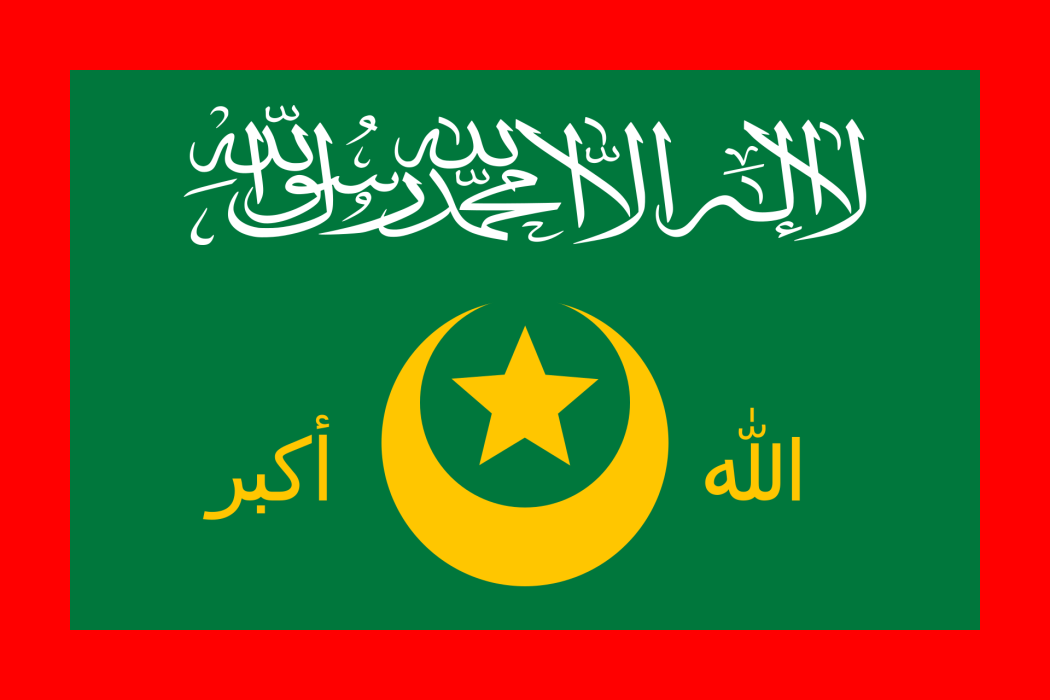
African Union Mission to Somalia
Following the escalation of tension in Somalia in 2007, the African Union dispatched military forces dubbed the African Union Mission to Somalia (AMISOM), including troops from Ethiopia, Djibouti, Uganda, Kenya, Burundi and Sierra Leone. The forces are still present in Somalia in order to assist the Somalian military forces in their fight against al-Shabaab extremists.
The African Union Mission, which was formed for the first time in 1963 with the initiative of Ethiopia, is fighting in Nigeria, Cameroon, Burkina Faso, Congo and some other countries against the ISIS and other extremist groups, but it is not capable to consolidate its victories and control all regions usurped by terrorists and armed groups. It is noteworthy that due to disagreements between the African Union and the European Union on the activities of AMISOM in Somalia, the EU has decreased its support for the African Union Mission to Somalia. In 2021, a decision was made to replace AMISOM with the African Union Transition Mission in Somalia (ATMIS) gradually.
The form of deployment and number of AMISOM forces in Somalia in 2015 statistics are as following:
– Some 960 Djibouti’s forces in Galguduud and Hiran regions in central Somalia
– Some 5432 Burundi’s forces in Middle Shabelle in central Somalia and coastal areas of the Indian Ocean
– Some 4395 Ethiopian forces in Bakul, Bai and Gedu in southern Somalia and borders with Ethiopia. It is worth mentioning that Ethiopia had 1,000 forces in Kismayo in southern Lower Juba province of Somalia.
– Some 6700 Ugandan forces in Mogadishu and Lower Shabelle in southern Somalia and coastal areas of the Indian Ocean
– Some 3664 Kenyan forces in Lower Juba and Middle Juba provinces in southern Somalia and in borderlines with Kenya
Conclusion
As we see, Somalia faces diversion and disagreements in different social and political arenas. It seems that the nation-state process has not been formed properly in the historical country as a result of interventions by colonial powers in the contemporary history of the territory. And the issue caused different variables such as local and tribal variables as well as regional and international interactions turn Somalia into an inflammatory state forever; especially due to the reason that Somalia’s position in the Horn of Africa as well as its almost long beaches along with the Indian Ocean and the Red Sea, which are one of the most important waterways in world maritime, paved the way for being focused by regional and international powers openly and secretly. Therefore, Somalia has constantly experienced the scene of different internal confrontations.
Meanwhile, one of the newest clashes happened in almost calm territory of Somaliland. The region has always been more tranquil than Puntland state and the mainland of Somalia. Unrest in Laascaanood some 500 kilometers away from Hargeisa, capital city of Somaliland, initiated in 2022 following murder of a militant in Somaliland and turned into an armed conflict gradually. On February 6, 2023, armed clashes erupted between Somaliland militants and armed forces affiliated to the Somalian central government in the disputed area of Laascaanood, which left tens of people dead and wounded as well as thousands of others homeless.
Al-Shabaab, which has the upper hand among the militants in Somalia, has created numerous challenges for the central government in the African country. The Somalian government has recently invested in supporting tribes in order to mobilize them against the Harakat al-Shabaab al-Mujahideen, but there are conflicting news about the success or failure of these measures. ISIS also conducts operations in Somalia from time to time, which are in no way comparable to the quantity and quality of al-Shabaab’s operations.
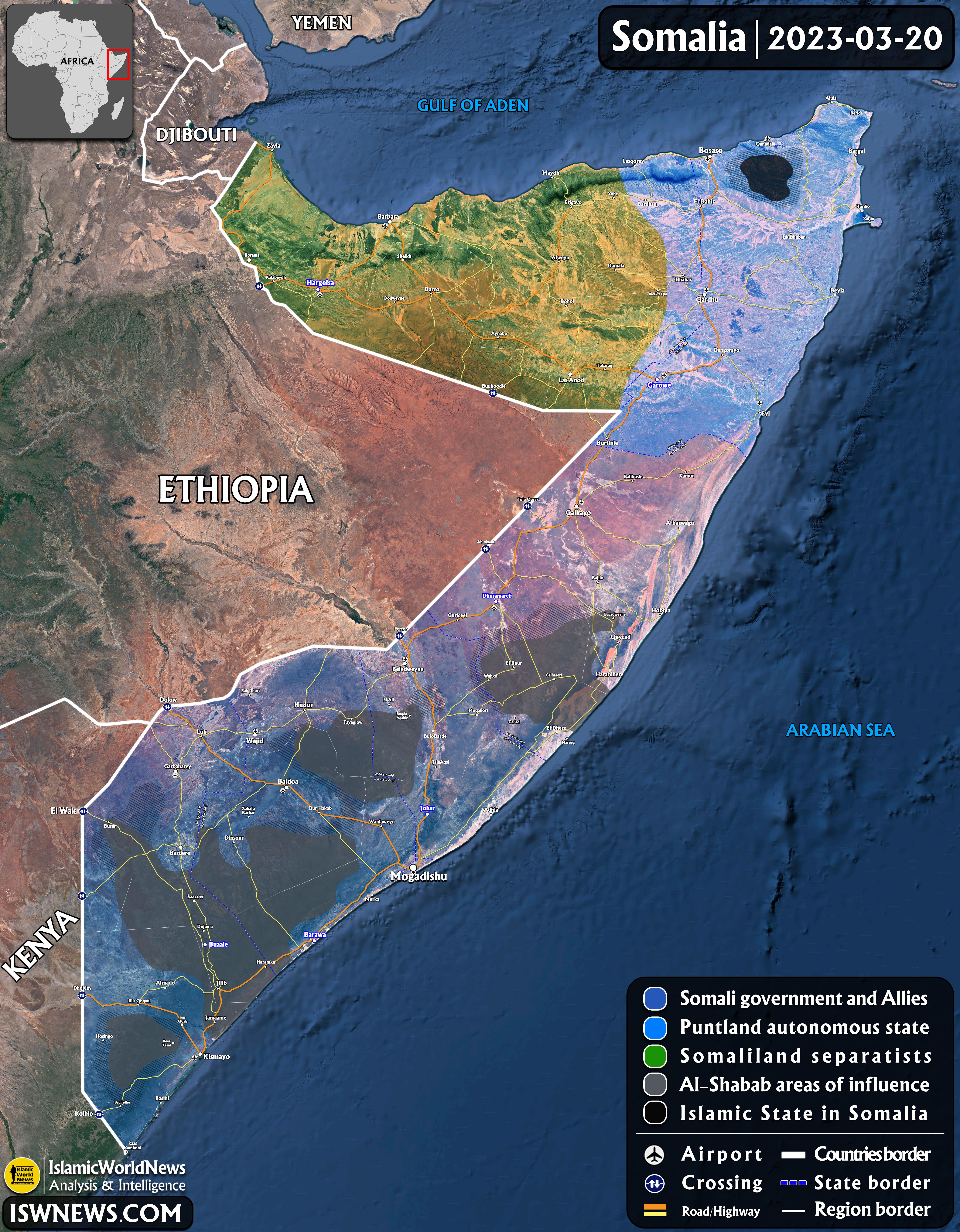




Somalia is somalia